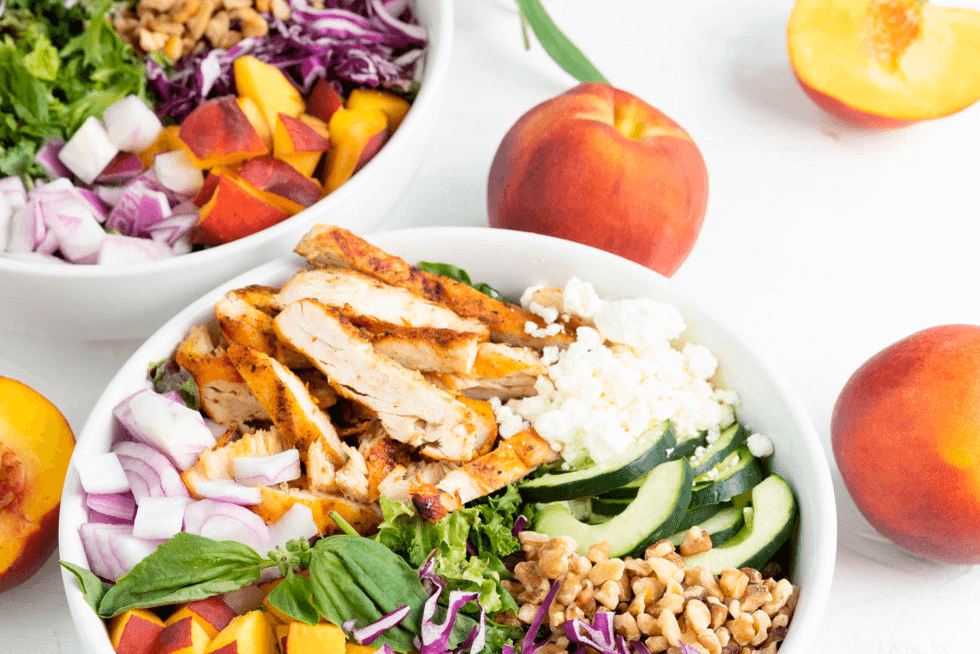 The color of your food can be an important indicator of its nutritional benefits. Different colored foods contain different vitamins, minerals, and phytochemicals that provide a range of health benefits. Here’s a brief overview of the different color categories and their benefits:
The color of your food can be an important indicator of its nutritional benefits. Different colored foods contain different vitamins, minerals, and phytochemicals that provide a range of health benefits. Here’s a brief overview of the different color categories and their benefits:
Red Foods: Foods that are red in color, such as tomatoes, strawberries, and watermelons, contain high levels of lycopene, an antioxidant that has been linked to a reduced risk of heart disease and certain cancers.
Orange and Yellow Foods: Foods that are orange and yellow in color, such as sweet potatoes, carrots, and mangos, are high in beta-carotene, a nutrient that the body converts into vitamin A. Vitamin A is essential for eye health and the immune system.
Green Foods: Foods that are green in color, such as spinach, kale, and broccoli, are high in vitamins C and K, as well as folic acid and iron. These foods are also rich in phytochemicals that have been shown to have anti-inflammatory and cancer-fighting properties.
Blue and Purple Foods: Foods that are blue and purple in color, such as blueberries, grapes, and blackberries, contain high levels of anthocyanins, flavonoids, and other phytochemicals that are beneficial for heart health and cognitive function.
White Foods: Foods that are white in color, such as garlic, onions, and cauliflower, contain compounds that have anti-inflammatory and anti-cancer properties.
It’s important to note that a balanced diet should include a variety of different colored foods to ensure that you are getting a broad range of nutrients. So next time you’re at the grocery store or planning a meal, think about the color of your food and the nutritional benefits it provides.

